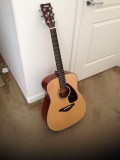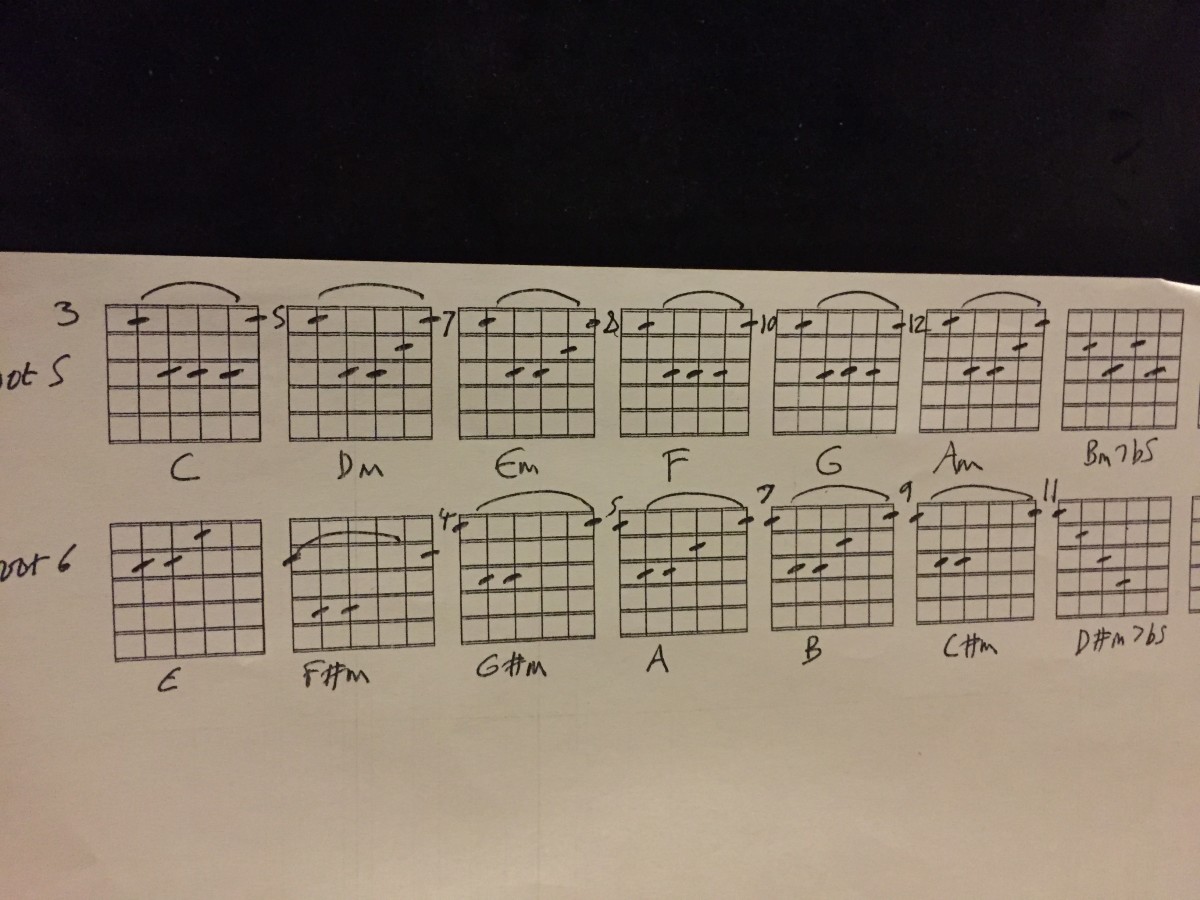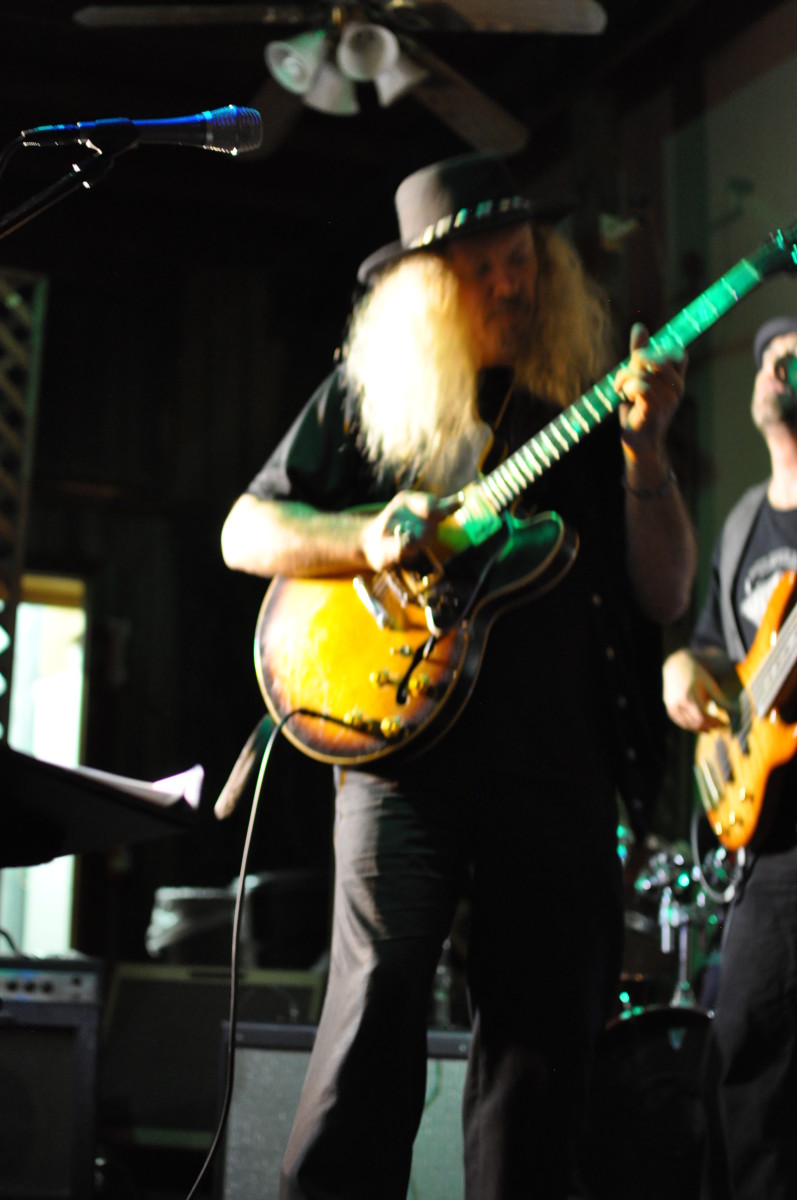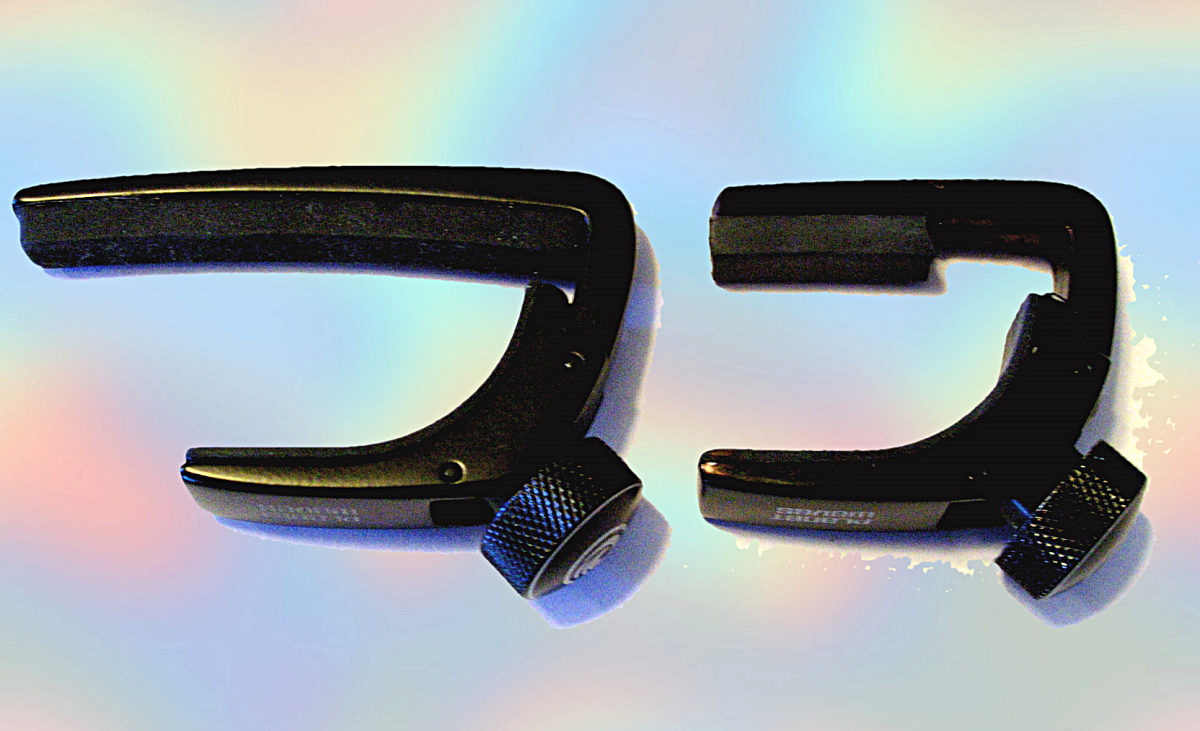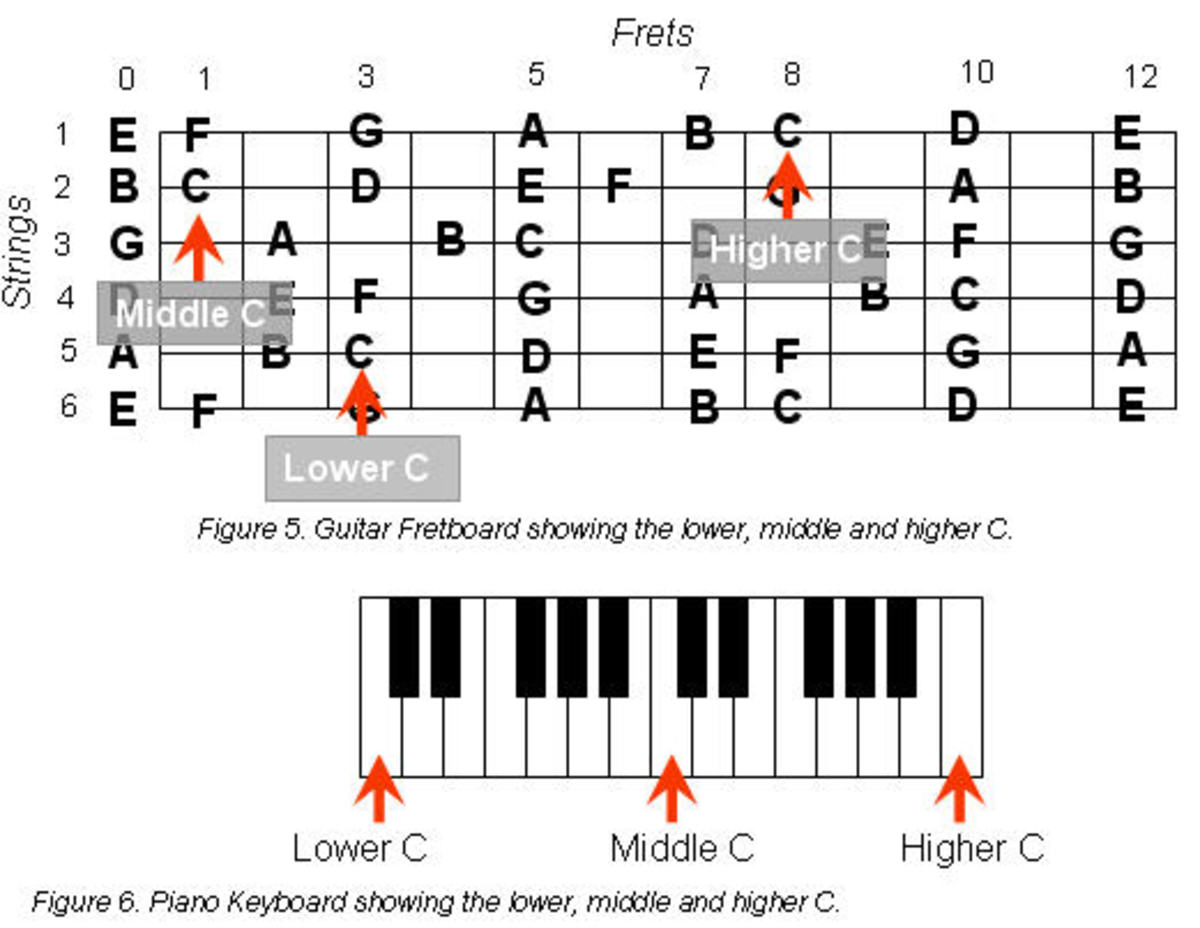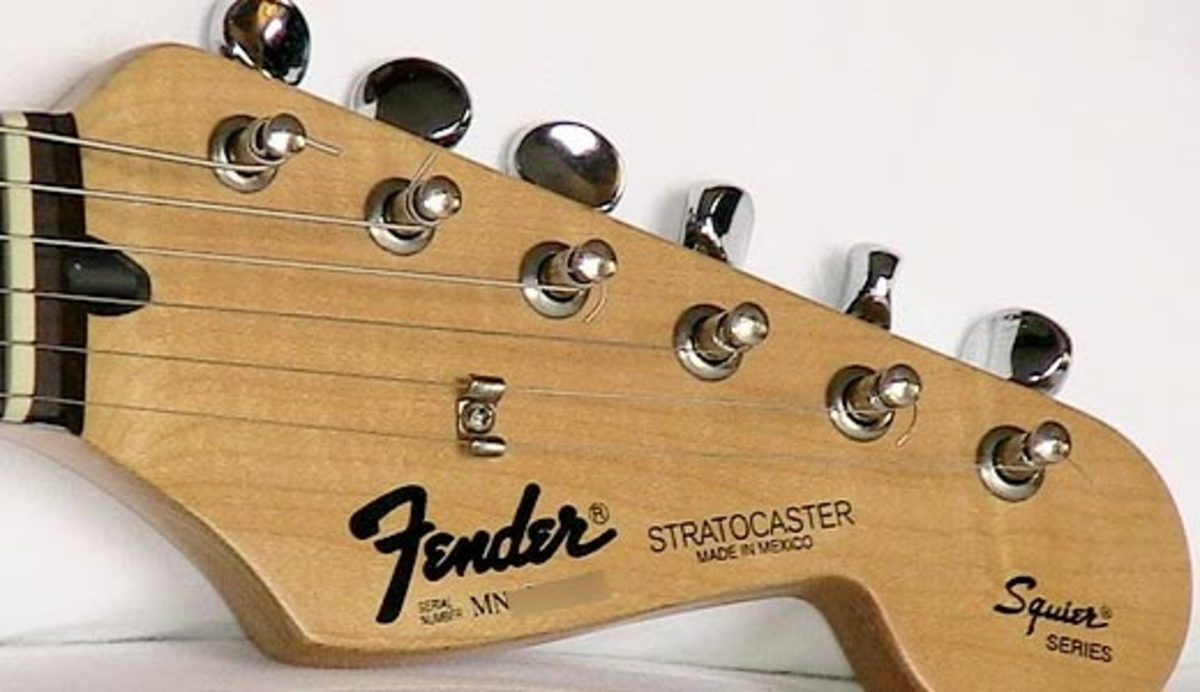6 Essential Chords for the Beginning Ukulele Player
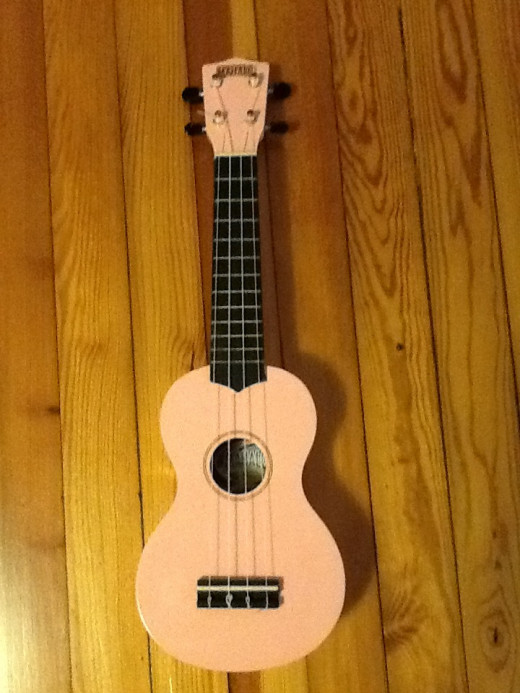
Note: this article assumes you know the basics, like tuning and strumming. If you don't, here's some Youtube videos that can help. I also wrote this article with a Soprano ukulele in mind. If you're not sure what kind of ukulele you have, here's an article that can help.
The ukulele, a cute little four stringed instrument, has enjoyed somewhat of a revival lately. Let's say you want to get in on some of that action, but you're not sure which chords you should learn first. No worries! I got you covered. Below are the chords you should memorize (and practice switching between) if you want to be able to play, and possibly even write, songs as quickly as possible.
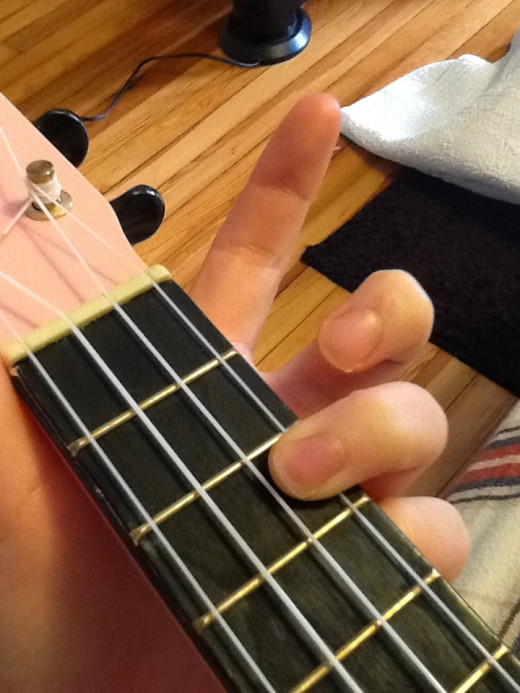
C
Ah, the C chord! You'll see this chord more often than you'll see rain in Portland. Thank God it's an easy one. Just take any finger you want (I like to use my fourth finger, the one next to my pinkie) and stick it on the A string, third fret down. There you go!
Oh, and you should probably strum it or it won't make any noise.
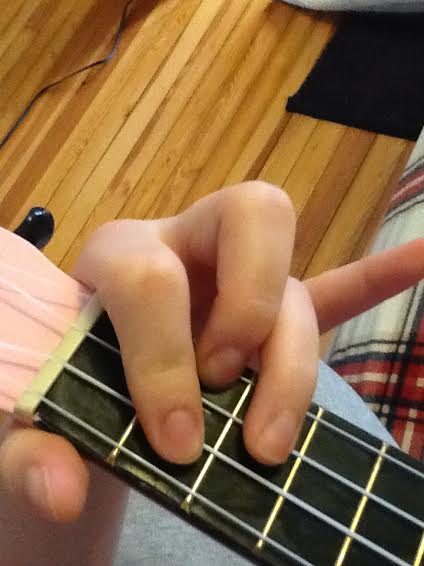
G
The next chord you should learn is the G chord, which you'll use almost as often as the C. It's a little more complicated, but you should do just fine after some practice. Take your pointer finger and put it on the C string, second fret. Your middle finger goes on the A string, second fret. Lastly, put your fourth finger (remember, the one next to the pinkie, on the E string, third fret. After a bit of practice, your fingers will naturally find this position and you won't even have to think about it!
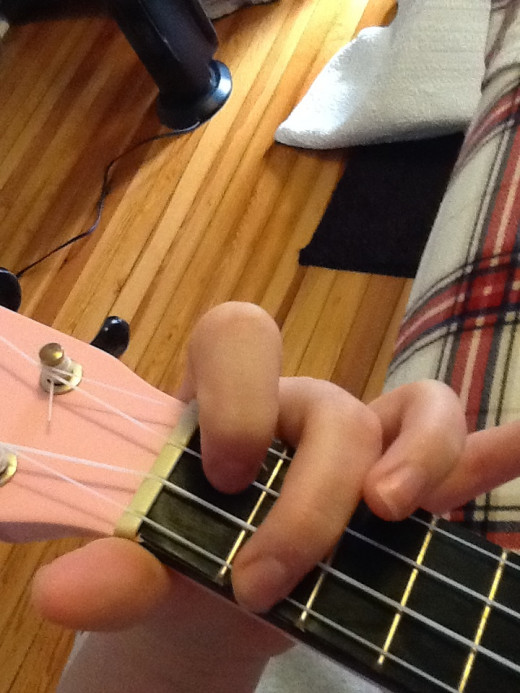
F
The F key is the third key you should learn. To play it, but your pointer finger on the E string, first fret. Then put your middle finger on the G string, second fret. Try not to laugh every time I have to say "G string".
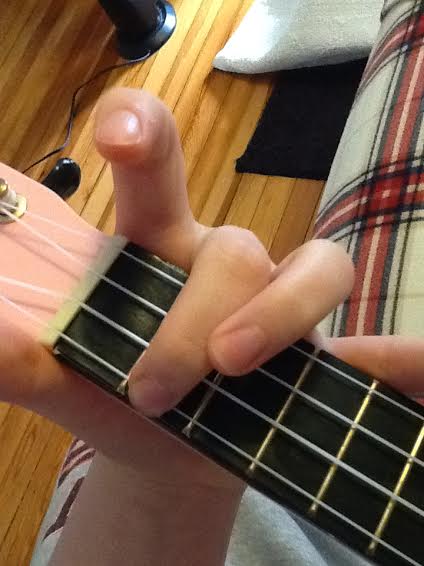
Am
Another very simple, one finger chord that sounds like heaven. To play an A minor, just put your middle finger on the G string (heh) second fret.
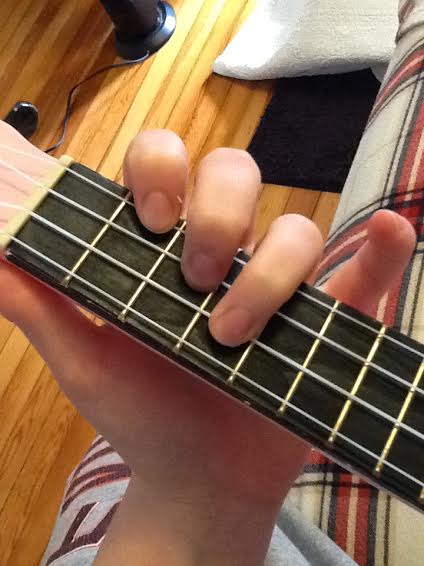
Em
Some would argue that E minor isn't one of the "basic" chords, but I've seen it come up quite a bit a beginner level songs, so I thought I'd include it here. It's not that difficult to play, but I still have a hard time switching between E minor and other chords. It might take a little getting used to.
To play, but your pointer finger on the A string, second fret, your middle finger on the E string, third fret, and your fourth finger on the C string, fourth fret. It should make a diagonal line on the fretboard.
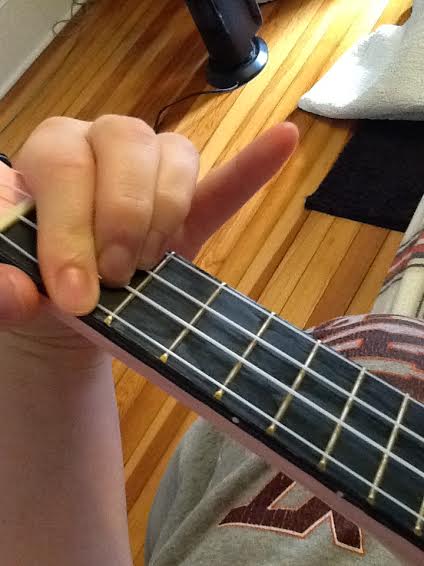
D
This is another one that people might not view as "basic", which is why it's last. To play the D chord, you put your pointer finger on the G string, second fret, your middle finger on the C string, second fret, and your pointer finger on the E string, second fret. The only string that should be open here is the A string.
Songs to Help You Learn
Now that you've used your fingers to get a feel for the basic chords, here are some songs that make good use of them so you can actually practice "in the wild." That's the best way to learn ukulele, anyway.
The Hanging Tree from The Hunger Games
This is a wonderful song for learning to comfortably switch between Am, F, G, and C--the most common chords. It's actually the first song I learned. I started by just strumming down to 4/4 time until I got comfortable with the chord changes. Then I went to a basic D-DU-DU-D strumming pattern, which sounds pretty good for this song.
This has been one of my favorite songs for a long time, and Leonard Cohen has been one of my favorite songwriters. Hallelujah is a beautiful song, and it makes use of almost all the chords in this article. I've found that any strumming pattern works pretty well, but I like to use D-DU-DU-D. Again, like with The Hanging Tree, you can just play D-D-D-D to 4/4 time until you get comfortable with the chord changes. I do that with any song the first few times I play it.
Happy Little Pill by Troy Sivan
This one makes use of D and Em, so it's good to start playing when you're ready to get into using those chords.
Not only is this a popular song that most people you play for will recognize, it's also really easy! I've seen tutorials for this one use a basic D-D-D-D strumming pattern, so it's also a great candidate for the first song you learn to play.

